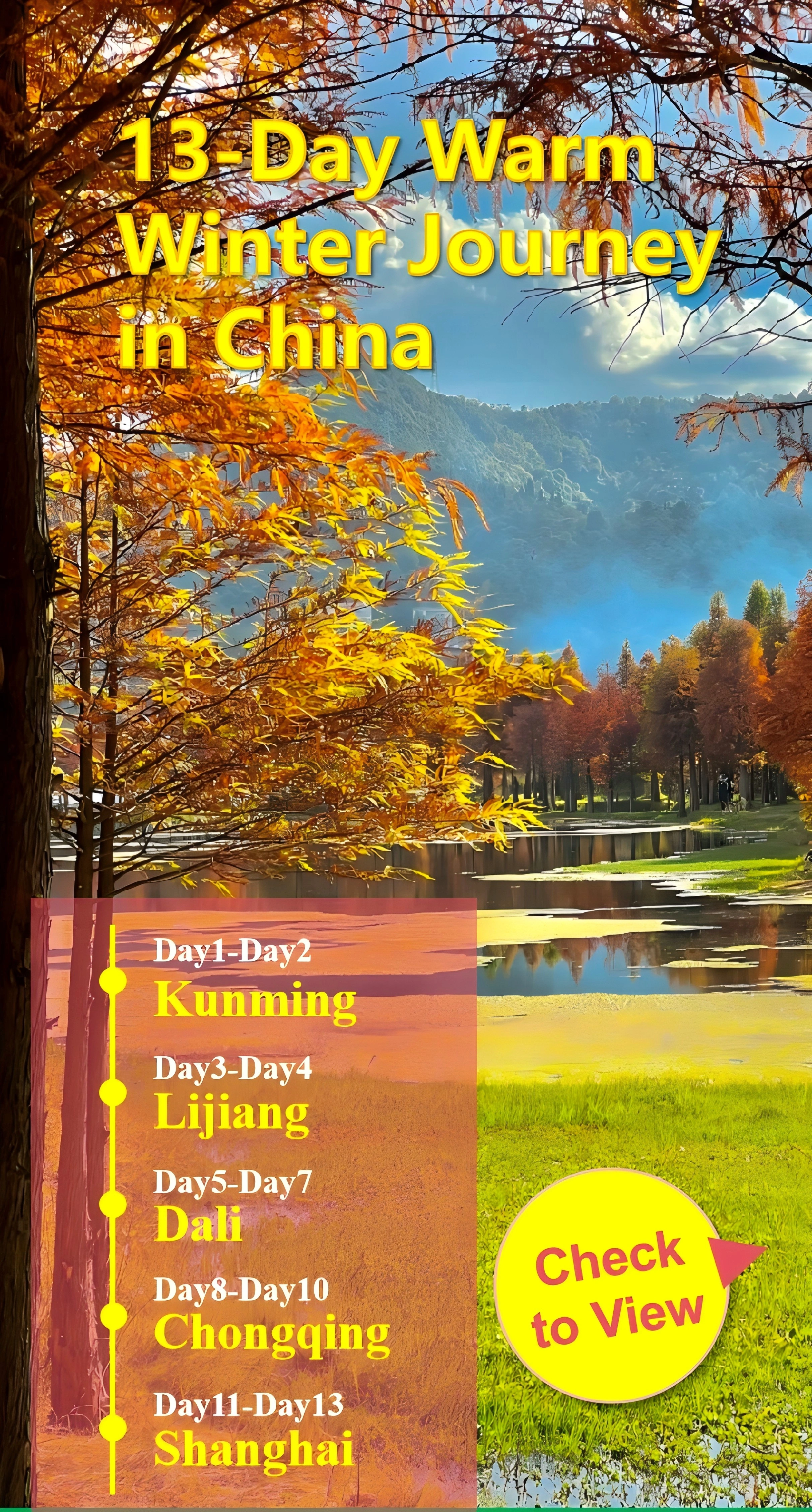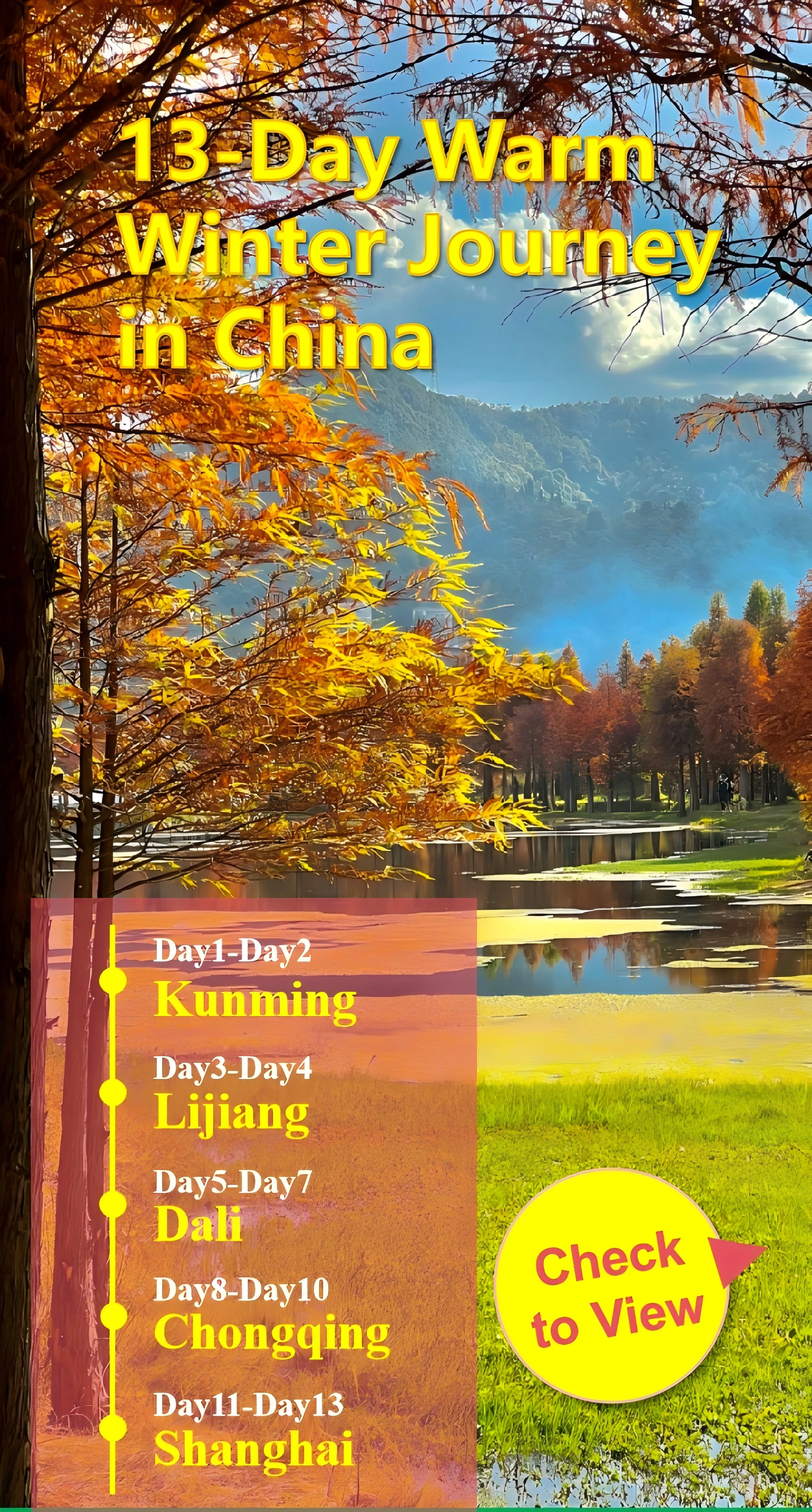Ancient Longzhong Scenic Area
Historical Overview
- Three Kingdoms Era (207 CE): Zhuge Liang lived here as a hermit, later becoming Shu Han’s chancellor after Liu Bei’s "Three Visits."
- Song Dynasty (1187): Construction of the Wuhou Temple began to commemorate Zhuge Liang’s military genius.
- Ming Dynasty (1527): The "Three Visits Cottage" was rebuilt, becoming a pilgrimage site for scholars.
- Qing Dynasty (1723): Emperor Yongzheng inscribed "Loyal and Righteous" on a stele, cementing the site’s cultural status.
- 1980s–Present: Restoration of ancient structures and addition of cultural exhibits, attracting 2 million annual visitors.
Structural Layout
The area is divided into five zones:
- Ancient Village Core: Features Zhuge Liang’s former residence, the Three Visits Cottage, and the 1,800-year-old "Cypress of Loyalty."
- Wuhou Temple Complex: A Qing Dynasty temple with stone carvings and incense halls dedicated to Zhuge Liang.
- Xianling Mountain: A 306-meter peak with hiking trails and views of the Han River.
- Cultural Experience Zone: Includes a recreated Three Kingdoms market and calligraphy workshops.
- Ecological Reserve: Bamboo forests, lotus ponds, and tea plantations surrounding the historical sites.
Major Attractions
- Three Visits Cottage (Sangu Tang): A Ming Dynasty wooden structure where Liu Bei sought Zhuge Liang’s counsel. Exhibits include a replica of the "Longzhong Plan" strategic manuscript.
- Wuhou Temple: A Qing Dynasty temple with a 6-meter-tall Zhuge Liang statue and 108 stone tablets inscribed with his maxims.
- Ancient Cypress Grove: A 1,800-year-old cypress tree said to have been planted by Zhuge Liang, symbolizing enduring loyalty.
- Xianling Archway: A Ming Dynasty stone archway marking the entrance to Zhuge Liang’s ancestral village.
- Three Kingdoms Cultural Park: Interactive exhibits, including a 4D theater reenacting the Battle of Red Cliffs.
- Bamboo Sea Trail: A 2.5km boardwalk through bamboo forests, leading to a panoramic viewing platform.
Suggested Itineraries
Classic Route (2–3 hours):
Entrance → Xianling Archway → Three Visits Cottage → Wuhou Temple → Ancient Cypress Grove → Bamboo Sea Trail.
Highlights: Core historical sites and scenic trails.
Cultural Focus (4–5 hours):
Entrance → Three Kingdoms Cultural Park → Zhuge Liang Family Ancestral Hall → Calligraphy Workshop → Wuhou Temple → Sunset at Xianling Mountain.
Highlights: Interactive exhibits and cultural immersion.
Comprehensive Experience (Full Day):
Morning: All sites above + Lunch at the "Three Kingdoms-themed Restaurant."
Afternoon: Guided tour of Zhuge Liang’s strategic sites, tea ceremony at a local farmhouse, and evening light show at the cottage.
Ticket Purchase
- Online: Book via Ctrip or “Gulongzhong Official” WeChat mini-program (up to 7 days in advance).
- Prices (2025):
- Peak Season (April–October): ¥80 (adults), ¥40 (students/seniors).
- Off-Season (November–March): ¥60 (adults), ¥30 (concessions).
- Combined Ticket (includes cultural park): ¥120 (adults), ¥60 (concessions).
- Free: Children under 1.2m, disabled visitors.
Transportation
From Xiangyang City Center:
- Bus: Route 512 or 543 to "Gulongzhong Stop" (1 hour, ¥5).
- Taxi: ¥80–100 one-way (40 minutes).
From Wuhan: - High-Speed Rail: Wuhan Station → Xiangyang East Station (2 hours), then taxi (¥80, 40 minutes).
- Self-Drive: G42 Expressway → Xiangyang Exit → G207 National Road → Scenic Area Entrance.
Best Time & Tips
- Peak Seasons: spring (April–May) for azaleas; autumn (October–November) for cypress foliage.
- Avoid Crowds: Visit early morning (7:30–9:30 AM) or late afternoon (3:00–5:00 PM).
- Essentials:
- Wear comfortable shoes for cobblestone paths and hill trails.
- Bring a fan or parasol for summer visits (temperatures exceed 35°C).
- Photography allowed except in temple sanctums.
- Prohibited: Smoking in forests, loud conversations in memorial halls.
Contact Us
What Our Clients Say?
Based on 10,000+ traveler reviews














